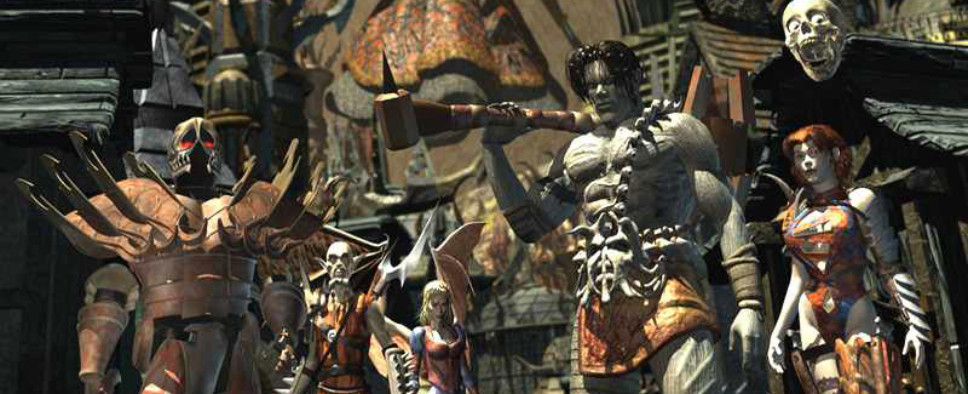The Evolution of RPGs: A Quick History
-
Category: News ArchiveHits: 2943

Should you find yourself looking for a quick-and-dirty history of the key Japanese and Western role-playing games that graced various platforms since the 1970s through today, this new editorial on Gaming Bolt will likely do the trick. Most of the mainstream titles that spring to mind from the past forty years are at least briefly mentioned, with the handful of paragraphs to follow covering a majority of the 1990s:
While Japanese RPGs would begin to truly thrive from the 90s onwards, Western RPGs started to decline. Higher development costs led to increased delays and other genres like flight sims and RTS games would offer strong competition. JRPGs were also offering strong competition due to the dawn of console RPGs. Dragon Quest IV was introducing chapter-based stories while Final Fantasy III introduced the Job system allowing players to further customize their classes. Other titles like Final Fantasy Adventure (which led to Secret of Mana), Shin Megami Tensei, Metal Max, Breath of Fire, The Legend of Zelda: A Link to the Past, Chrono Trigger, Fire Emblem, Star Ocean and Dragon Quest VI were dominating in the console RPG market. That domination would transcend new boundaries when Final Fantasy VII released for the PlayStation One in 1997.
This isn’t to say that Western RPGs were dead. System Shock, despite its lack of initial success, saw great critical acclaim in 1994, offering perhaps the best combination of FPS/RPG gameplay. Blizzard would unleash Diablo in 1996, throwing in procedurally generated levels, addictive hack and slash elements and loot-driven gameplay with minimal story elements. Interplay was still doing great with the release of awesome games like Fallout and Fallout 2, both developed by Black Isle Studios.
Planescape: Torment in 1999 also avoided the D&D infused games of the time by offering some of the best writing in an RPG yet. Dungeons and Dragons weren’t gone by a long shot though – a little known company called Bioware had been building up its reputation with Baldur’s Gate and its expansion Tales of the Sword Coast. Sadly, Interplay would eventually close down, resulting in the cancellation of Black Isle’s Torn.
The JRPG juggernaut was only just getting started though. Final Fantasy VII raised the bar for the genre with its production values, cinematics, and hours of gameplay spread across multiple discs. It introduced a whole new generation of gamers to Final Fantasy and would serve as one of Squaresoft’s biggest properties till this very day. The PlayStation One quickly became a premier destination for the best Japanese RPGs. Squaresoft introduced SaGa Frontier in 1997, Xenogears in 1998, Chrono Cross in 1999 and subsequent Final Fantasy titles like Final Fantasy VIII, IX and Tactics to the console. Other classics like Parasite Eve 2, Persona 2, Alundra, Suikoden, and Star Ocean would also see success.

